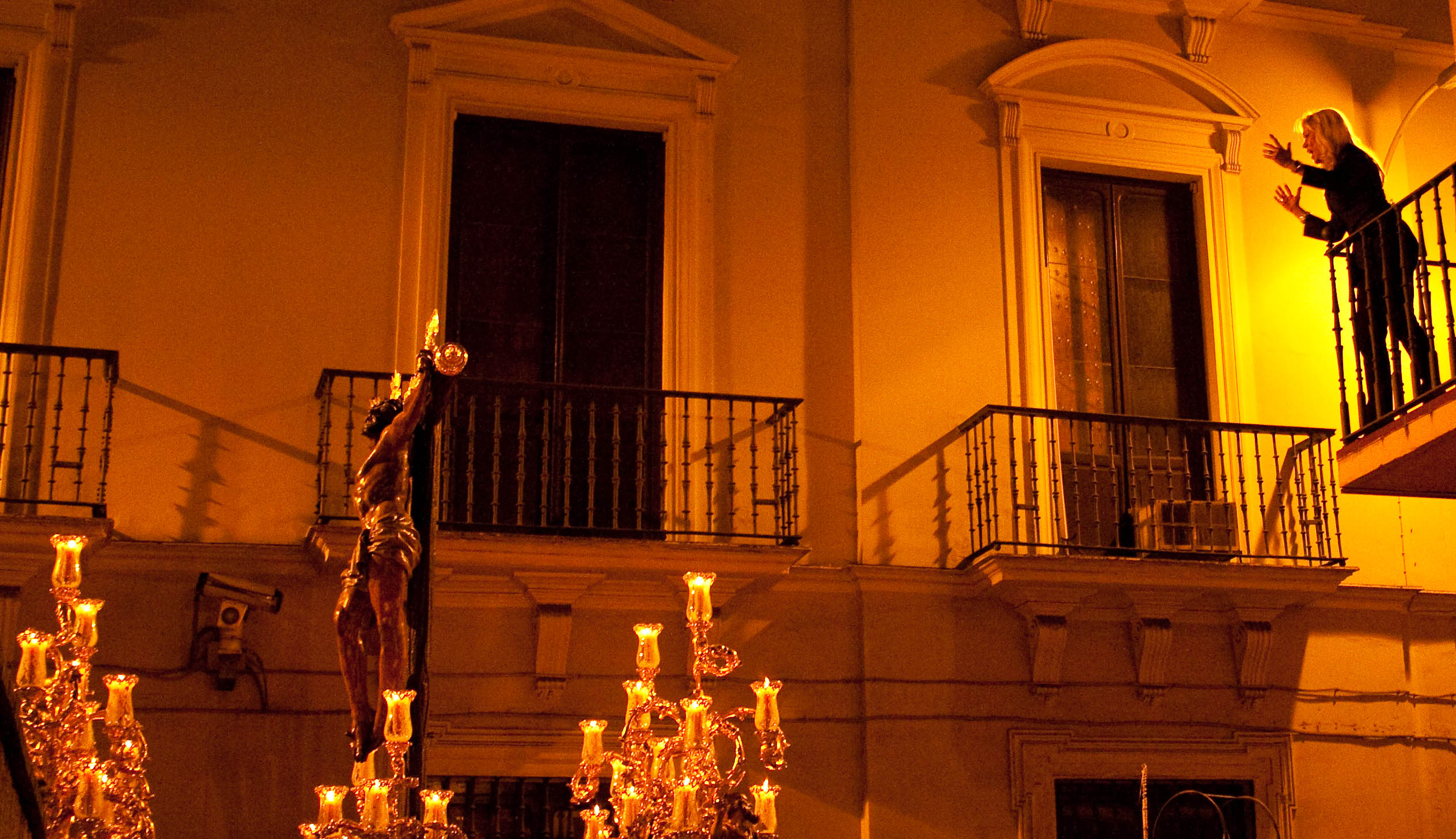
La Saeta, a deeply emotional and spiritual form of devotional song, has become an integral part of the Semana Santa (Holy Week) celebrations in Spain. Originating in Andalusia, this unique musical expression has a rich history that dates back centuries. As the streets of Spanish towns and cities become filled with processions and fervent devotees during Holy Week, the haunting melodies of the saeta resonate, creating a profound and moving atmosphere.
The roots of the saeta can be traced back to the Moors' domination of Spain, which lasted from the 8th to the 15th century. The lyrical style of the saeta reflects a fusion of Arabic and Spanish musical traditions, resulting in a distinctive and captivating sound.
Over the years, the saeta has become intrinsically linked to Semana Santa, particularly in the region of Andalusia, where it flourishes. During Holy Week processions, statues depicting scenes from the Passion of Christ are carried through the streets, while saeteros (singers of the saeta) perch on balconies, doorways, or improvised stages. These singers offer their heartfelt devotions through song, expressing their adoration and pain for the suffering of Jesus Christ.
Themes in the saeta revolve around the Passion of Christ, focusing on his torments, crucifixion, and the sorrow felt by the Virgin Mary. The saeta serves as a poignant reminder of the sacrifice made by Jesus and elicits intense emotions from both performers and listeners.
The lyrics of the saeta are characterised by their simplicity and directness, often using metaphors and poignant imagery to convey the singer's spiritual connection to the Passion. The starkness of the lyrics, combined with the melancholic melodies, creates a sombre and introspective atmosphere.
The Virgin Mary, a central figure in the Catholic faith, is frequently the subject of saetas. These songs often express profound lamentation for her son's suffering and her own anguish as she witnesses his crucifixion. The saeteros use their voices to convey a sense of empathy and solidarity with Mary, amplifying the emotional impact of the saeta.
The saeta also serves as a form of personal reflection, allowing individuals to express their own fears, hopes, and desires in relation to the Passion. Many saetas delve into the inner struggles faced by individuals as they grapple with their faith and seek solace in the divine. These introspective elements further contribute to the emotional depth of the saeta.
In recent years, the topics explored in the saeta have expanded beyond traditional religious themes. Saeteros have started incorporating contemporary issues, such as social injustice and political unrest, into their compositions. While maintaining the core religious nature of the saeta, these expressions offer a creative outlet for social commentary and enable artists to connect with modern audiences.
La Saeta in Semana Santa encapsulates the power of music to connect individuals to their faith, stirring deep emotions and fostering a sense of unity in times of devotion. Its origins dating back centuries, the saeta has become an essential part of the Holy Week celebrations, particularly in Andalusia. Through heartfelt songs expressing the profound pain and adoration for Jesus' suffering, the saeteros help create an atmosphere of reflection and solemnity.
The simplicity and directness of the saeta's lyrics, combined with its haunting melodies, make it a truly unique form of music. By focusing on the Passion of Christ and the grief of the Virgin Mary, the saeteros succeed in evoking intense emotions that resonate with both performers and listeners. Furthermore, the inclusion of contemporary themes allows the saeta to remain relevant and adaptable to the changing times.
Year after year, this ancient tradition reaffirms its place as a powerful testament to the enduring faith and devotion of the Spanish people.